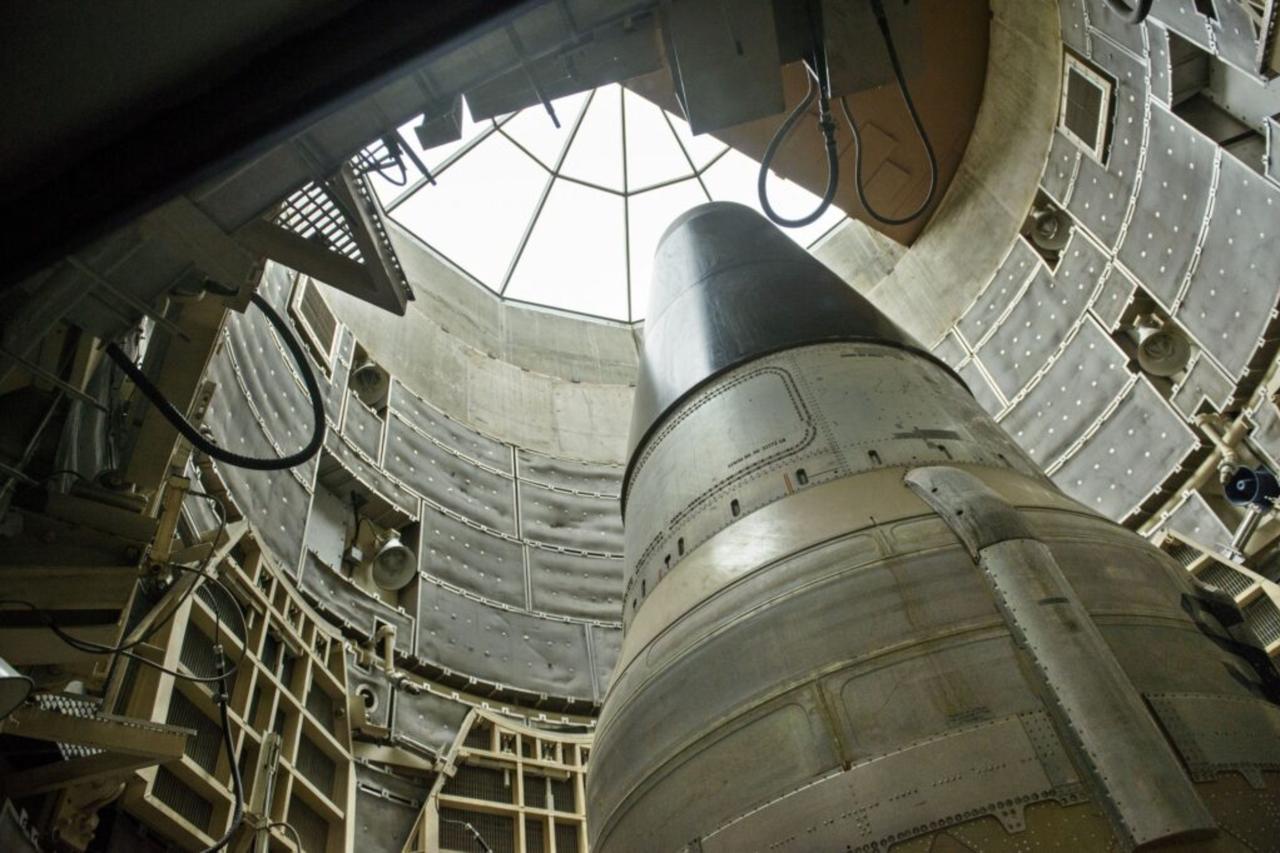
U.S. President Donald Trump directed the Pentagon to immediately resume nuclear weapons testing on an "equal basis" with other nuclear powers on Thursday, marking the first U.S. nuclear weapons tests in 33 years.
Trump announced the decision on Truth Social while aboard Marine One helicopter en route to a trade negotiation meeting with Chinese President Xi Jinping in Busan.
"The United States has more Nuclear Weapons than any other country. This was accomplished, including a complete update and renovation of existing weapons, during my First Term in office. Because of the tremendous destructive power, I HATED to do it, but had no choice!" Trump said.
He stated he was instructing the Department of War to begin testing the U.S. nuclear arsenal immediately due to testing programs by other countries.
"Because of other countries' testing programs, I have instructed the Department of War to start testing our Nuclear Weapons on an equal basis. That process will begin immediately," Trump posted on Truth Social.

Trump emphasized that the United States possesses more nuclear weapons than any other country. "We have more nuclear weapons than anybody. We don't do testing ... But with others doing testing, I think it's appropriate that we do also," he said to reporters aboard Air Force One after meeting Xi.
Trump claimed that Russia ranks second and China a distant third in nuclear arsenal size, but said China would match U.S. capabilities within five years, saying, "Russia is second, and China is a distant third, but will be even within 5 years."
However, independent data contradicts Trump's claims about the rankings of the arsenal. According to the Federation of American Scientists, Russia possesses an estimated 5,459 nuclear weapons in 2025, compared to 5,177 for the United States and 600 for China.
The Arms Control Association estimates the United States has a stockpile of 5,225 nuclear warheads, while Russia has 5,580.

Trump's announcement came after Russia conducted multiple nuclear-related demonstrations. Russian President Vladimir Putin announced a successful test of a Poseidon nuclear-powered super torpedo on Wednesday.
"For the first time, we managed not only to launch it with a launch engine from a carrier submarine, but also to launch the nuclear power unit on which this device passed a certain amount of time," Putin said.
Russia also tested its new Burevestnik nuclear cruise missile on Oct. 21 and conducted nuclear launch drills on Oct. 22.
Trump addressed the Russian activities, telling reporters that Putin should be working to end the war in Ukraine "instead of testing missiles."
Trump's decision to restart nuclear testing follows the rapid expansion by China of its nuclear stockpile.
Beijing has more than doubled the size of its arsenal to an estimated 600 nuclear weapons in 2025 from 300 weapons in 2020, according to the Center for Strategic and International Studies (CSIS).
U.S. military officials estimate that China will have over 1,000 nuclear weapons by 2030. A Victory Day parade in September revealed five nuclear capabilities that can all reach the continental United States, according to CSIS.

Trump did not elaborate on whether he was referring to nuclear-explosive testing, which would be carried out by the National Nuclear Security Administration, or flight testing of nuclear-capable missiles. He said details on the planned tests would be announced later.
It was not immediately clear what Trump meant by testing on an "equal basis." The Department of Defense was rebranded the Department of War on September 5 under an executive order, though Congress has not approved the change.
Daryl Kimball, director of the Arms Control Association, said it would take the United States at least 36 months to resume contained nuclear tests underground at the former test site in Nevada.
The reaction to Trump's announcement was immediate. Representative Dina Titus, a Democrat from Nevada, said on X: "I'll be introducing legislation to put a stop to this."
Kimball said Trump's announcement could "trigger a chain reaction of nuclear testing by U.S. adversaries, and blow apart the nuclear Nonproliferation Treaty."
"Trump is misinformed and out of touch. The U.S. has no technical, military, or political reason to resume nuclear explosive testing for the first time since 1992," Kimball said on X.
A U.S. test would be seen in Russia and China as a deliberate assertion of U.S. strategic power. Putin has repeatedly said that Russia will test if the United States does.

The United States last tested a nuclear weapon in 1992 under President George H.W. Bush, who imposed a unilateral testing moratorium. In 1996, President Bill Clinton signed the Comprehensive Nuclear Test Ban Treaty (CTBT).
Most major nuclear powers, except North Korea, stopped explosive nuclear testing in the 1990s. North Korea conducted its last nuclear test in 2017. Russia's last confirmed test was in 1990, followed by the last U.S. test in 1992, and by China's in 1996.
The United States opened the nuclear era in July 1945 with the test of a 20-kiloton atomic bomb at Alamogordo, New Mexico, and then dropped atomic bombs on the Japanese cities of Hiroshima and Nagasaki in August 1945 to end World War II.
In August, Trump said he had discussed nuclear arms control with Putin and wanted China to get involved. Beijing responded by saying it was "unreasonable and unrealistic" to ask the country to join in nuclear disarmament negotiations with the two countries, since its arsenal was much smaller.
Trump had first laid out his intention to pursue nuclear arms control efforts in February, saying he wanted to begin discussions with both Putin and Xi about imposing limits on their arsenals.